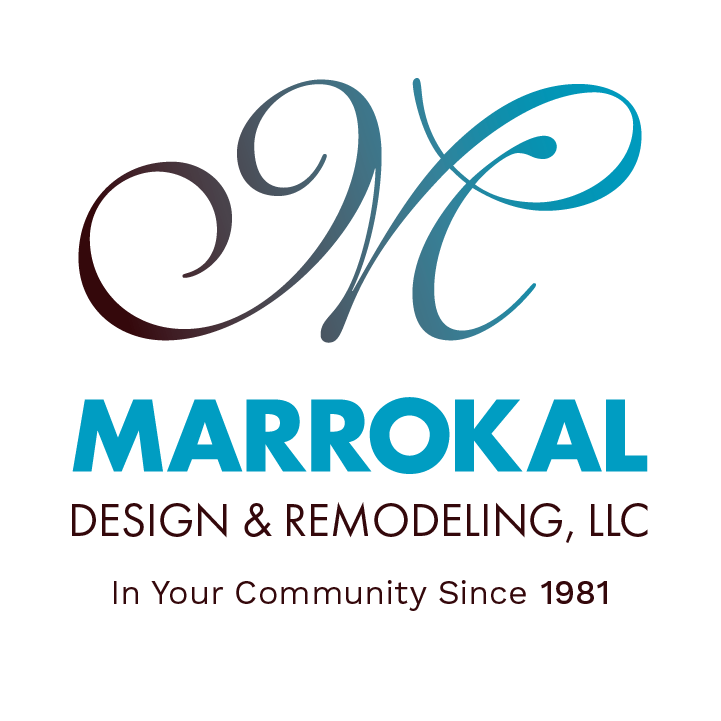
When planning a kitchen renovation there are numerous things to consider beyond the finished project itself. The following list will help you to start planning a successful kitchen renovation:
1. Contractors and Permits. Check with your city’s planning department to find out what permits are necessary and get them before beginning any work. When you choose a contractor, do your research. Make sure the company you choose is registered and in good standing with the Better Business Bureau and that they have the proper licenses and carry liability insurance.
2. Noise and Dirt. A kitchen renovation will create a lot of noise and mess. Let your neighbors know ahead of time that you are taking on this project and follow your local noise ordinance. After demolition of your old kitchen is finished, you will have quite a bit of items that may not be allowed in your local landfill. Any item that contains asbestos will not be accepted. (Generally, materials built before 1975 may contain asbestos.) Check with your local health department regarding both handling and disposal procedures.
3. Style and Function. Be sure the look of your new kitchen fits in with the style of the rest of your home, and focus on what is called your kitchen’s work triangle. A kitchen work triangle is the well-worn path from the refrigerator to the stove to the sink. This layout is vital to the functionality of your kitchen, so you need to know where you want that triangle before the work begins.
4. Cabinetry and Countertops. Choose real wood or wood veneer cabinets. Particle board is too flimsy and will not last nearly as long. Make sure the drawers slide easily and the hinges are secure. Unless you have very high ceilings, have the cabinets meet the ceiling. It will give you more storage space and be easier to keep clean. If you are an avid baker, for example, you may want to dedicate a portion of your kitchen strictly for that activity. You could even have a cabinet with a slide-out shelf to hold a stand mixer or other large equipment when in use.
5. Appliances and Costs. If you prefer a clutter-free environment, you and your design consultant will need to create a home for each appliance, or you could dedicate one area of the space for all of them. Your designated storage space could also include roll-out drawers for added convenience. Choose energy saving appliances from a store you trust, and be sure to check with the retailer about warranties, delivery and return policies. To have a better idea of what the total cost will be, it is important to tackle that arduous task of adding everything up. In addition to your contractor’s quote, be sure to include permits, disposal services, tools, materials and clean up.
Keeping these things in mind will help you to be truly happy with the results of your kitchen renovation.






